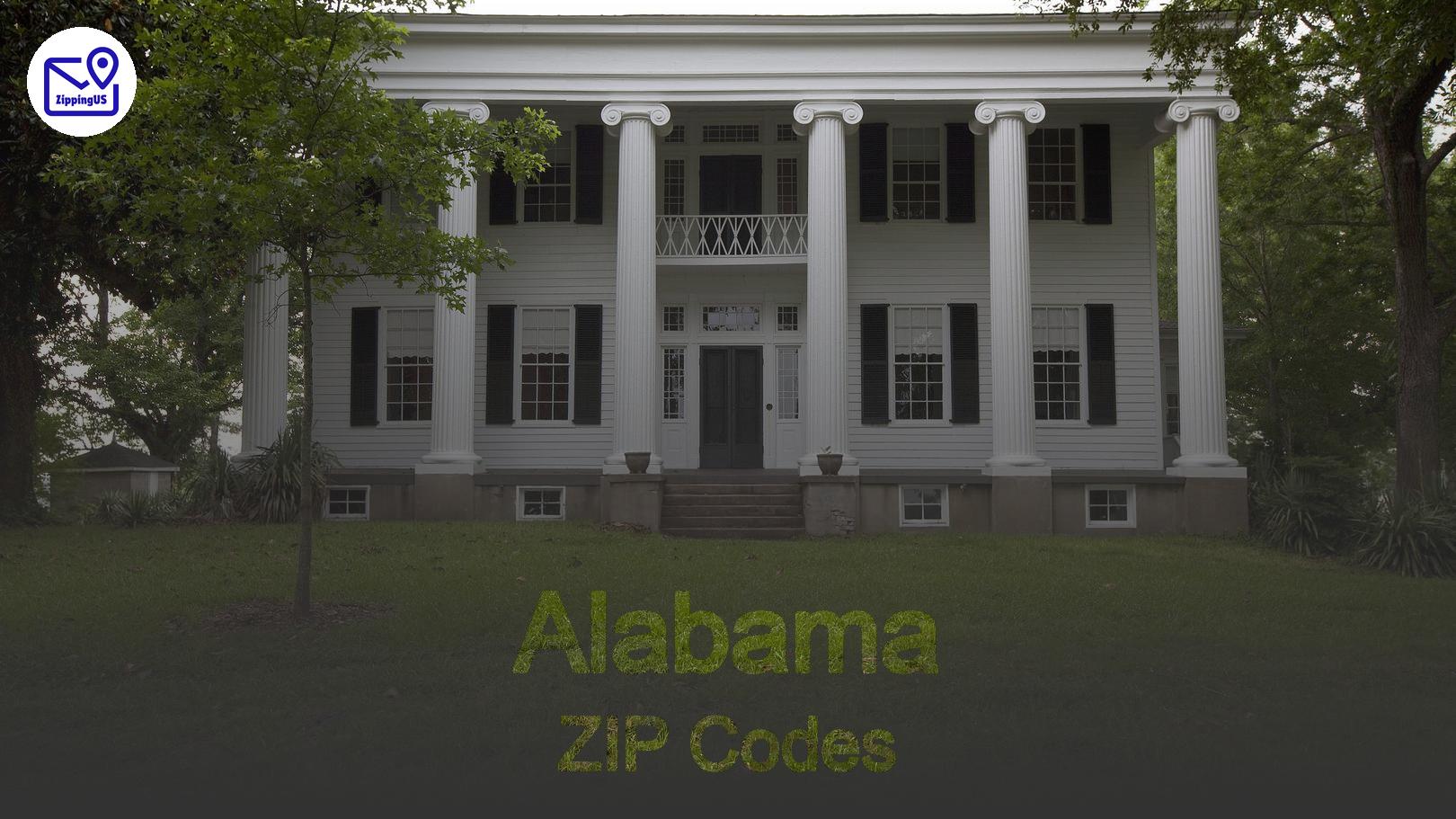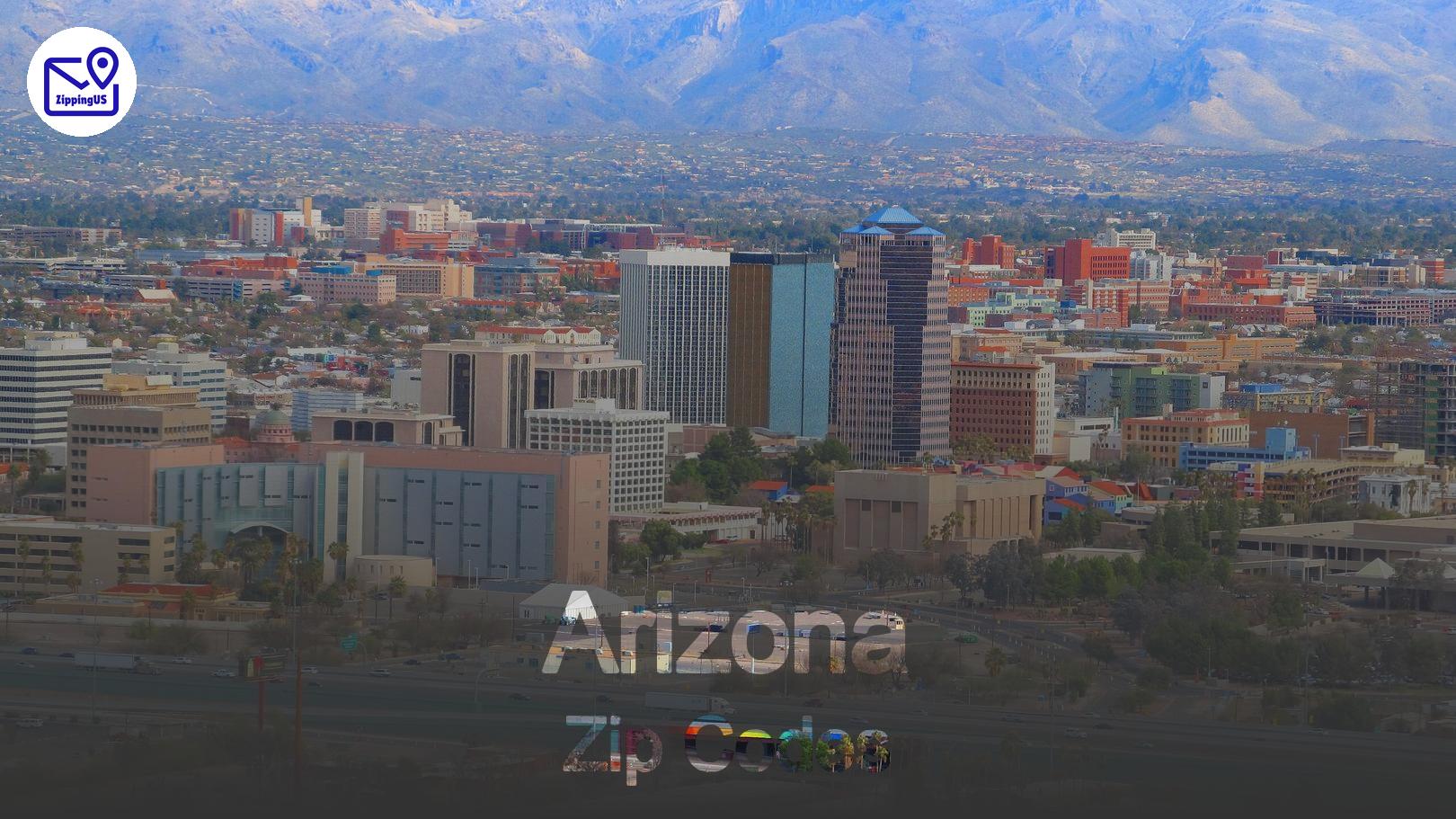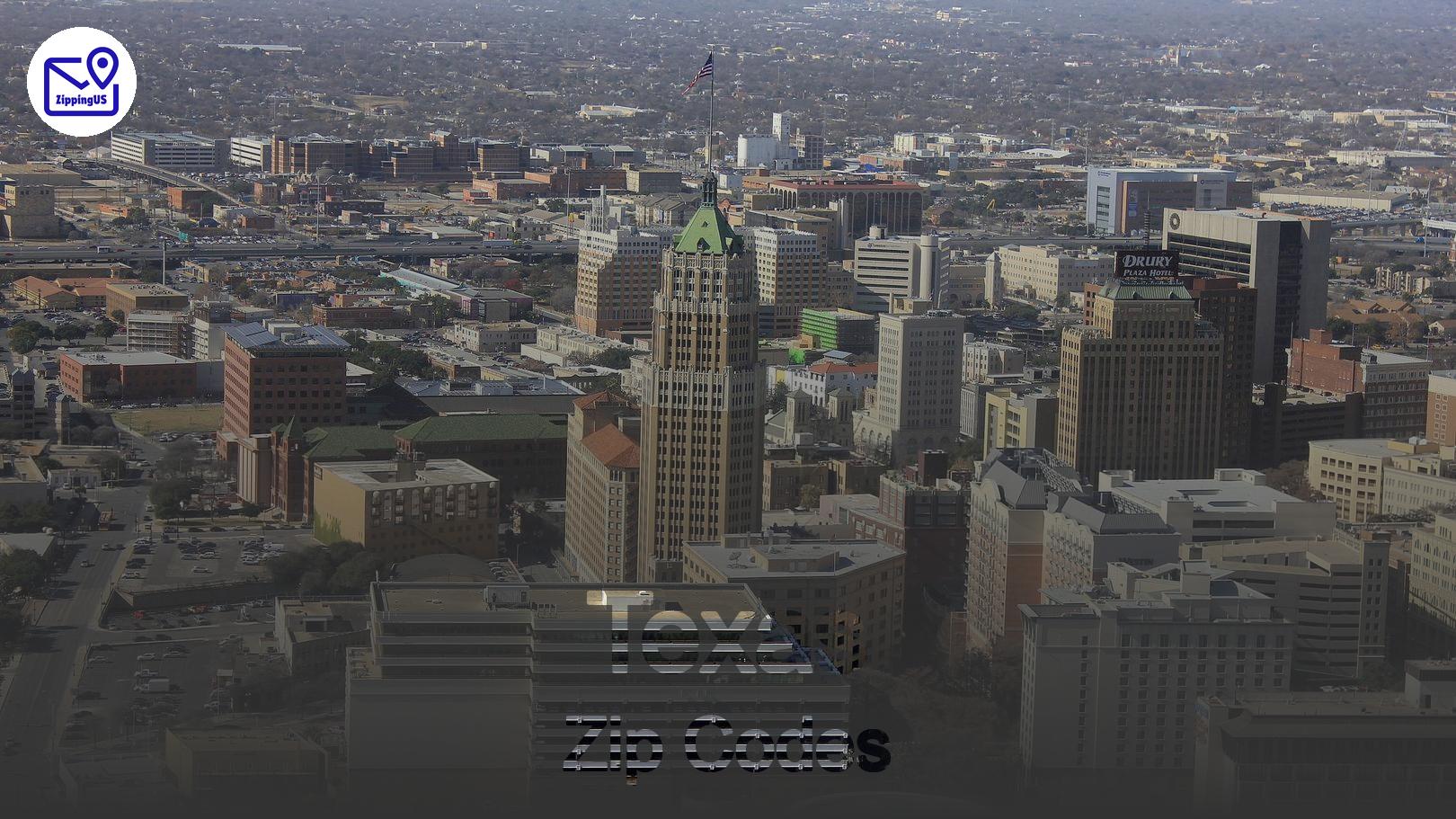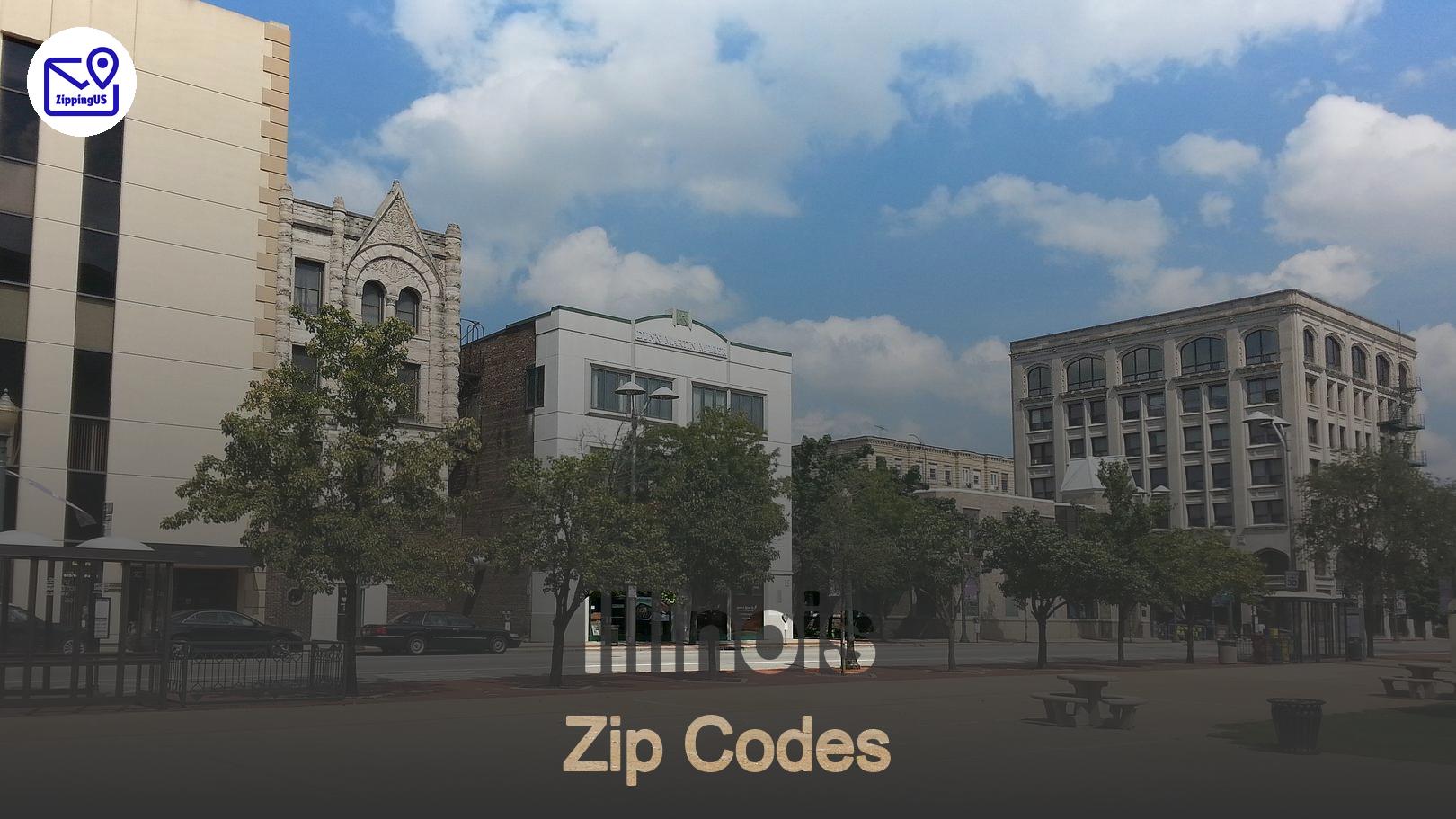Zip codes might seem like just numbers on your mail, but they’re more than that. In Indiana, zip codes play a huge role in organizing the state and even help with things like navigation, services, and demographic info. Whether you’re moving to Indiana, mailing something, or just curious, understanding Indiana's zip code system can be super helpful.

What is a Zip Code?
Before we jump into specifics, let’s quickly explain what a zip code is. A zip code is a series of numbers used by the United States Postal Service (USPS) to identify specific geographic regions. They make mail delivery easier and faster, but they also help pinpoint locations for a variety of services. Zip codes usually represent smaller areas within cities or towns, though some large places might have more than one zip code.
Indiana’s Zip Code Structure
Indiana has hundreds of zip codes scattered across its counties, cities, and towns. The first digit of an Indiana zip code starts with a "4," representing the central region of the U.S. Indiana’s zip codes range from 46001 (Alexandria) to 47997 (Yeoman).
Let’s break down the zip code structure:
- First Digit (4): Covers the general region (Indiana and neighboring states like Illinois and Kentucky).
- Next Two Digits: These narrow down the area within the state.
- Last Two Digits: These get specific, often identifying a town, a group of houses, or even an organization.
Major Cities and Their Zip Codes
Indiana’s most populous cities have multiple zip codes due to their size. Here’s a quick look at some of the most common cities and their associated zip codes:
| City | Zip Codes |
|---|---|
| Indianapolis | 46201, 46202, 46203... |
| Fort Wayne | 46802, 46803, 46804... |
| Evansville | 47708, 47710, 47711... |
| South Bend | 46601, 46613, 46614... |
| Bloomington | 47401, 47403, 47404... |
These cities have multiple zip codes because different areas or neighborhoods within each city need to be defined for mail, navigation, and other services.
Indiana Zip Codes by County
Indiana is made up of 92 counties, and every county has its own range of zip codes. Knowing the zip code for a specific county can help when you're looking up property information, utilities, or local services.
Here are a few examples of zip codes by county:
- Allen County: 46797, 46802, 46805
- Marion County: 46201, 46219, 46254
- Lake County: 46303, 46311, 46402
- Monroe County: 47401, 47404, 47408
If you’re ever unsure about a zip code, you can always use online zip code look-up tools or check with the USPS.
Why Zip Codes Matter in Indiana
Zip codes aren’t just important for mailing letters or packages. In Indiana, zip codes are tied to various services:
- Utilities: Many utility providers, like gas and electric companies, organize services based on zip codes.
- Emergency Services: First responders often use zip codes to quickly locate areas that need help.
- Schools: Zip codes can determine school districts in Indiana, affecting where kids go to school.
- Marketing: Businesses often use zip codes to target specific areas for advertisements, promotions, and deliveries.
Zip Codes and Demographics
Indiana’s zip codes also reflect different demographic data. Some areas might be more urban, while others are rural. For example, zip codes in places like Indianapolis and Fort Wayne often show higher population densities, while those in rural counties might cover larger areas with fewer people.
This demographic info helps with things like planning new roads, setting up voting districts, and allocating state resources.
Navigating Indiana with Zip Codes
If you're traveling through Indiana, knowing zip codes can be handy. They’re especially useful when using GPS for navigation. Many mapping tools allow you to enter a zip code to get precise directions.
For instance, if you’re heading to Indiana University in Bloomington, entering the zip code 47401 in your GPS will get you to the general area, and from there, you can narrow it down further.
Common Zip Code Mistakes
It’s easy to mix up zip codes, especially when cities have multiple ones. Here are some tips to avoid confusion:
- Double-check your zip code when mailing something to make sure it’s going to the right place.
- Use USPS tools to verify addresses if you’re unsure about the zip code.
- Watch out for similar zip codes: Some cities have zip codes that are nearly identical except for the last digit.
Fun Fact: Vanity Zip Codes
Did you know some companies and organizations in Indiana have their own zip codes? These are known as vanity zip codes. For example, universities, large corporations, or government offices may have their own exclusive zip code. It’s kind of like having a personalized phone number just for them!
How to Find a Zip Code in Indiana
Looking for a specific zip code? There are a couple of easy ways to find the right one:
- USPS Website: The Postal Service has a search feature on their website where you can look up zip codes by address.
- Google: Just type the city or town’s name followed by "zip code" into the search bar, and you’ll get the answer.
- Maps Apps: Many apps allow you to input a city or location and find its zip code.
FAQs About Indiana Zip Codes
Q: How many zip codes does Indiana have?
A: Indiana has around 800 zip codes spread across its 92 counties.
Q: Do zip codes in Indiana correspond to specific areas or populations?
A: Yes! Zip codes often reflect both geography and population density. Urban areas usually have more zip codes, while rural areas might have fewer.
Q: Can a zip code cross county lines?
A: Occasionally, a zip code can span two counties, though it’s not very common.
Q: What happens if I use the wrong zip code?
A: Using the wrong zip code could delay your mail, or worse, it might get sent back to you. Always double-check your zip code before sending important items.
Q: How can I find the zip code for a new address in Indiana?
A: You can use USPS’s online tool, Google, or even ask your local post office for the correct zip code.
In the end, zip codes are a small but mighty part of everyday life in Indiana. From simplifying mail delivery to helping you get where you need to go, they’re everywhere. So next time you see one, you’ll know just how important those five little digits really are!








